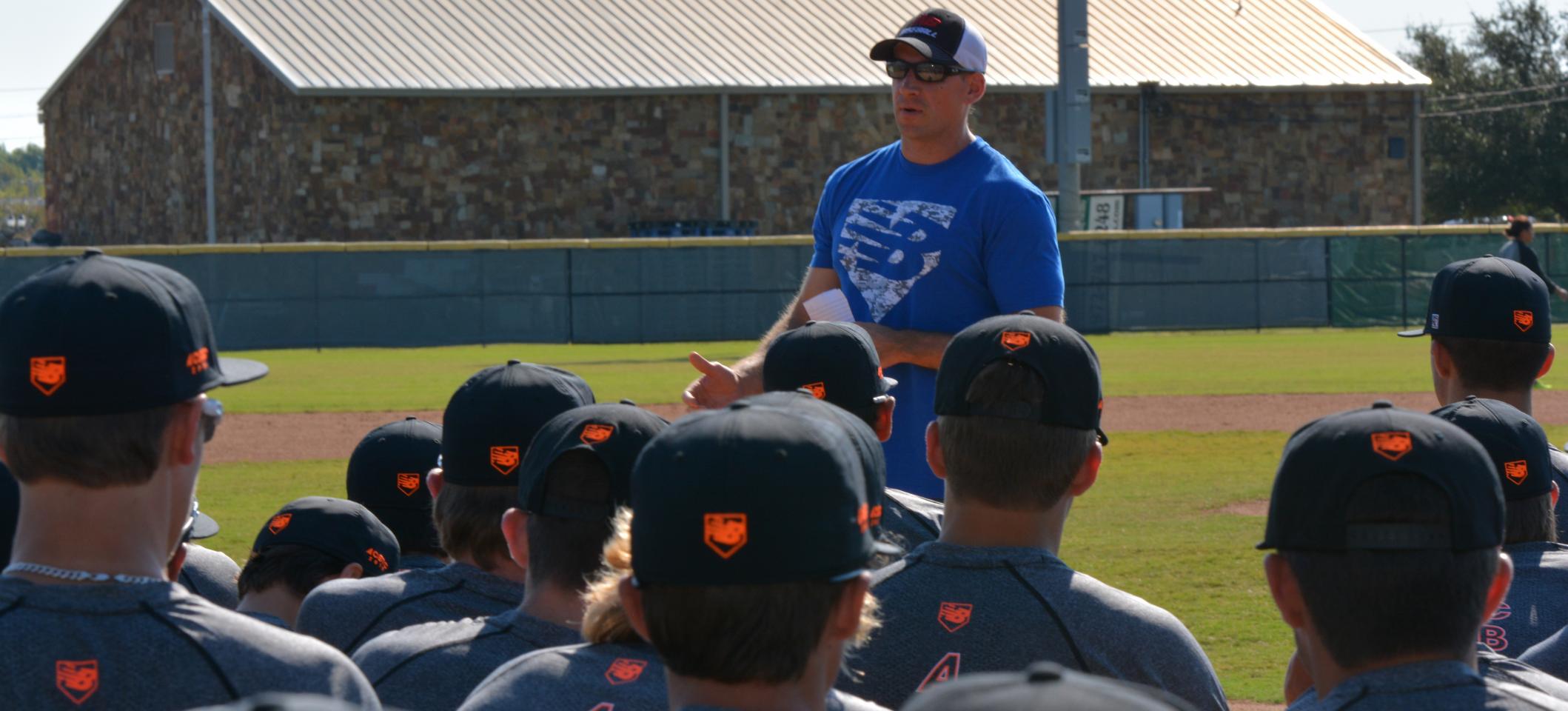
What Do You Think of XYZ Method?
Often, I’ll get inquiries that go something like this:
What do you think of yoga?
How do you feel about Pilates?
I have a friend who liked MAT. Do you think it’s legit?
These are always challenging questions to answer because there are actually a number of variables you have to consider. To illustrate my point, let’s try for some parallels in different industries. What do you think of real estate attorneys? Accountants? Veterinarians? Plumbers? General contractors?
As you can probably infer, there’s going to be a high amount of variability in the delivery of each method, so you have to ask the following questions:
1. Is the method actually legit?
Sometimes, entire methodologies are based on bad science or bad people manipulating science for their own financial gain. A good example of this would be the thousands of different kinds of “cleanses” marketed in the nutrition/supplement industry.
2. Is the practitioner actually educated (and, where appropriate, licensed) in the method?
This is something that is near and dear to me. Each week, we get emails from young baseball players and their parents who say they train with a “Cressey guy” or someone “Eric has mentored.” Then, they tell me that coach’s name and I’ve never heard of him, and he’s never even purchased one of my products or attended our actual baseball mentorship. Instead, he saw me give a one-hour talk in 2009. In describing himself, however, he positions himself on par with one of our interns who spent 3-5 months side-by-side with me six days per week. That’s a markedly different level of education in our method.
As a good rule of thumb, think of the telephone game. The further away from the founder of a method, the more watered down the product becomes. As an example, Ron Hruska created the Postural Restoration Institute, and it’s mostly disseminated through courses he’s designed and by instructors he’s trained himself. If an attendee then returns and teaches his/her staff the principles, then they teach their clients, and then the clients share their favorite positional breathing drill with a friend after a few adult beverages at a cocktail party, is it really representative of how impactful PRI can really be?
3. Does the practitioner actually have attention to detail?
Having just built a brand new Cressey Sports Performance facility, this is fresh on my mind. Not all contractors are created equal. Two can look at the exact same finished product and one person says it’s beautiful, and the other says it’s terrible work. No matter how great the method might be, if someone is lazy, it won’t be positioned in a great light.
4. Does the practitioner understand how to “pivot” within a philosophy?
The back-to-wall shoulder flexion exercise is a central piece of our philosophy at Cressey Sports Performance. We think it’s imperative to get the arms overhead without compensation at adjacent joints. Give this a video a watch to learn how we’d coach it under the three most common challenges one will typically encounter:
As you can see, these modifications rely on being able to do some basic, quick evaluations on the fly. If you don’t have the ability to perform them, the client will likely just wind up banging on the front of the shoulder.
This is where a lot of group exercise methodologies can fall short. They don’t understand how to pivot when someone can’t perform a drill, so they wind up plowing through a bony block or exacerbating an existing movement fault.
5. Has the practitioner evolved with the methodology?
I tweeted this several years ago, but it still holds true:
If you look at CSP years ago versus now, it’s easy to see how much we’ve evolved. What you would have learned in a single day of observation at the facility in 2010 is a lot different than what you’d learn on a 2020 visit. This might refer to the methodologies represented, coaching approaches, or equipment utilized.
6. Does the practitioner utilize one methodology exclusively?
As the hackneyed expression goes, “If you’re a carpenter who only has a hammer, everything looks like a nail.” For example, I’m very leery of chiropractors who only do adjustments when there are undoubtedly many other associated therapeutic interventions that could further help their patients. I’ll always refer to multi-dimensional providers over one-trick ponies.
Pulling It All Together
As you can see, five of my six qualifications had nothing to do with the method, but rather the practitioner carrying out that method. That, my friends, is why I always refer to PEOPLE and not just methods. And, it’s why you should always try to find good people – regardless of the methodologies they utilize – to help you get to your goals.
It’s also why continuing education is so important: we need to understand the principles that govern how successful people can be within various methodologies. If you’re looking to learn more about some of those principles and how I apply them to evaluation, programming, and coaching at the shoulder, be sure to check out my popular resource, Sturdy Shoulder Solutions.




